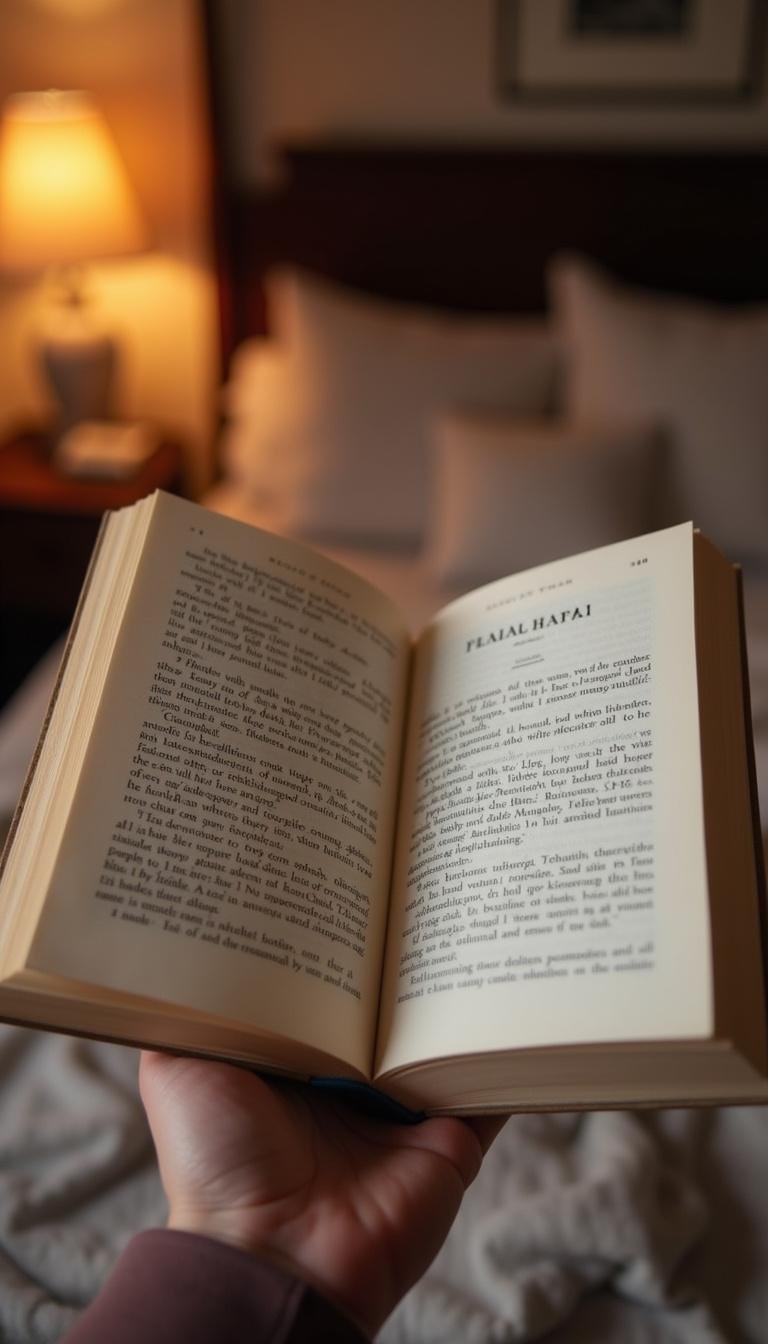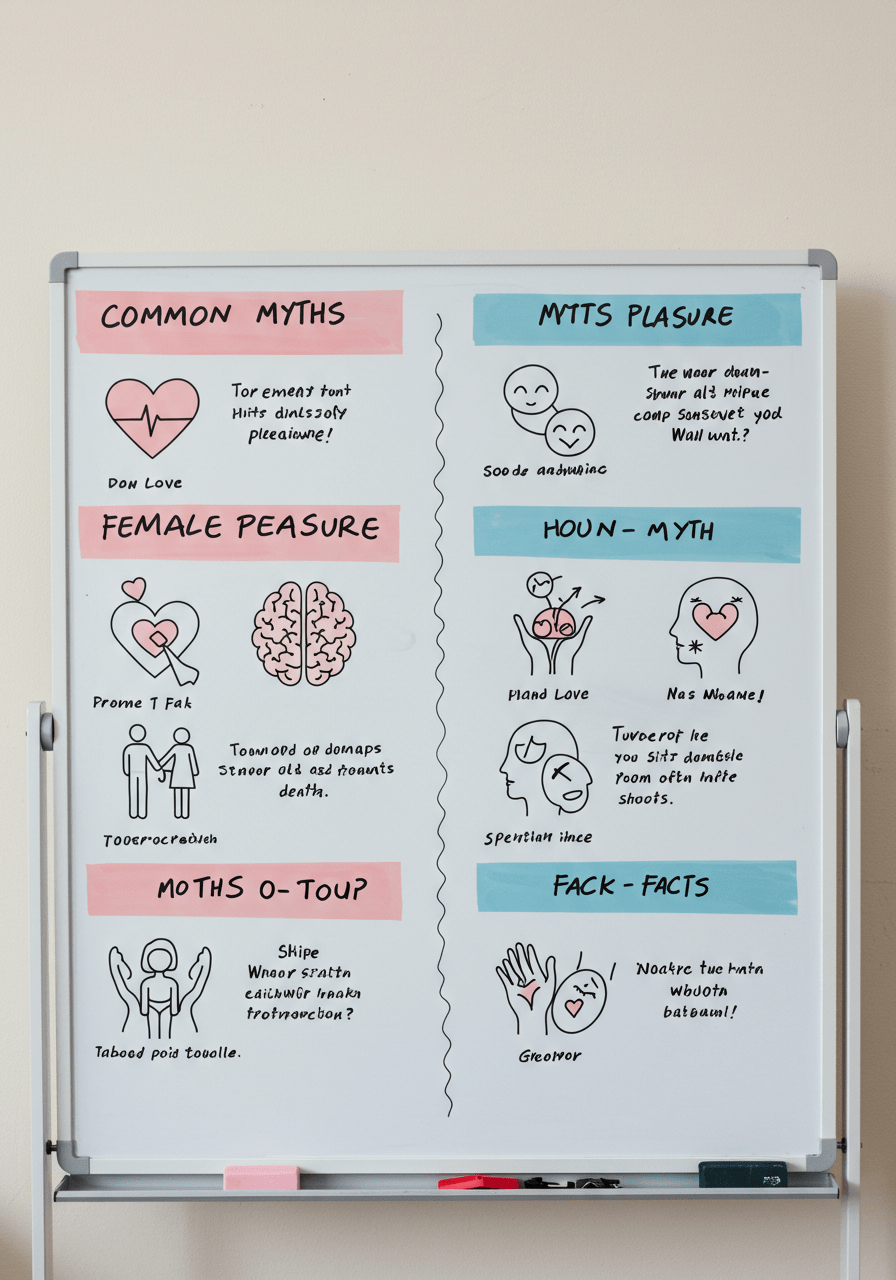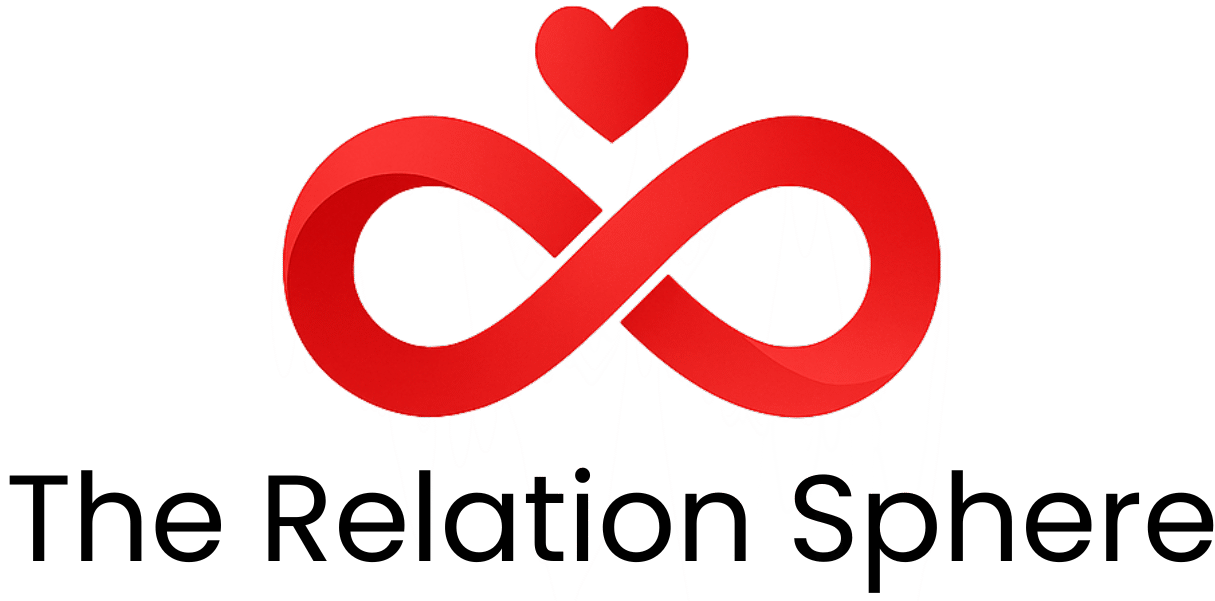1. Introduction
Understanding female pleasure is fundamental to fostering healthy relationships and empowering women to embrace their sexuality fully. Sadly, persistent misconceptions about female pleasure, often fueled by cultural myths and misinformation, can hinder honest conversations and hinder sexual well-being. This comprehensive guide aims to debunk the most common myths regarding female sexual satisfaction, providing factual insights that help bridge the gap between perception and reality. By dispelling these misconceptions, we foster a more inclusive, informed view of female sexuality, which is crucial for both individuals seeking to enhance intimacy and educators striving to promote sex positivity. To truly understand and improve female pleasure, it’s essential to explore the best kw and the latest trends, such as the role of attachment styles, emotional intimacy, and self-care practices.
2. Common Myths About Female Pleasure Debunked

Myth 1: Female pleasure is solely centered around orgasm
A prevalent misconception is that a woman’s sexual satisfaction is only achieved through reaching orgasm. While orgasm can be a satisfying endpoint, female pleasure encompasses much more than that. Sensual touch, emotional intimacy, and connection often contribute significantly to female fulfillment and can exist independently of orgasm. Recognizing this broader spectrum can help women liberate themselves from the undue pressure of orgasm as the only measure of a successful sexual experience. For further insights into exploring what truly enhances female pleasure, consider reading about the different erotic blueprints and desire types.
Myth 2: Women should always feel pleasure during sex
Many believe that women are programmed to always experience pleasure during sexual encounters, leading to feelings of shame and inadequacy when they don’t. The truth is that women’s sexual responses are highly variable and internal factors such as mood, health, and emotional state influence their experiences. Respect for individual differences and understanding that experiencing discomfort or indifference is normal can foster healthier attitudes toward female sexuality. To improve communication and understand your needs better, exploring attachment styles and their impact on intimacy can be highly beneficial.
Empowering Women Through Knowledge

Myth 3: All women experience female pleasure in the same way
Another widespread myth is that every woman’s experience of pleasure is uniform. In reality, female pleasure is deeply personal and influenced by biological, cultural, and psychological factors. Some women may find it easier to climax, while others may require specific stimuli, emotional connection, or foreplay to feel fulfilled. Embracing this diversity allows women to explore what truly enhances their sexual satisfaction. Learning to understand and accept individual differences is essential, and resources like self-pleasure as self-care can be transformative in this process.
3. The Role of Education and Communication

Open Dialogue and Accurate Information
Combating myths about female pleasure depends heavily on education, transparency, and open communication. When women are equipped with accurate knowledge about sexual anatomy, response patterns, and desires, they can dispel harmful misconceptions and pursue a more satisfying and authentic sexual experience. Encouraging honest conversations with partners and healthcare providers can empower women to embrace their sexual identity freely. For additional tips on communicating your sexual needs, refer to our guide on scheduling sex and maintaining intimacy.
4. Visual Aids and Educational Tools

Using Infographics and Educational Resources
Enhancing understanding through visual aids like infographics and educational software can make complex topics more accessible. Tools such as sex position guides and educational books aid in visualizing different ways to experience pleasure and bust myths. These resources are vital in sex education to promote diversity and positivity around female sexuality, especially for those navigating imposter syndrome or societal taboos.
5. FAQs About Myths and Facts on Female Pleasure
Q: What is the most persistent misconception about female pleasure?
A: The most widespread myth is that female pleasure is only linked to reaching orgasm, ignoring the richness of female sexual experience that includes emotional intimacy, stimulation, and overall well-being. Exploring signs of sexual burnout and ways to revitalize libido can also help clarify these misconceptions.
Q: How can women better explore and understand their own pleasure?
A: Self-exploration through respectful masturbation, utilizing tools like couples game sets and sensual toys, combined with honest communication with partners, enhances understanding. Learning about self-pleasure as a form of self-care is especially beneficial.
Q: Why do misconceptions about female sexuality continue to exist?
A: Societal taboos, misinformation, and lack of comprehensive sex education contribute significantly. Overcoming these requires advocacy for accurate sex education and promoting open, judgment-free discussions. Tools such as playful challenge games for couples can help break the ice and promote truthful conversations.
Conclusion
Debunking the most common myths about female pleasure is a vital step toward creating a more inclusive, understanding society that celebrates female sexuality in all its diversity. By recognizing the unique nature of each woman’s experience, promoting education, and fostering honest dialogue, we empower women to embrace their pleasure confidently and without shame. Incorporating resources such as desire-type guides and selecting the best kw products enhances this journey. Ultimately, breaking these myths paves the way for healthier relationships and a society that values authentic female expression and pleasure.

